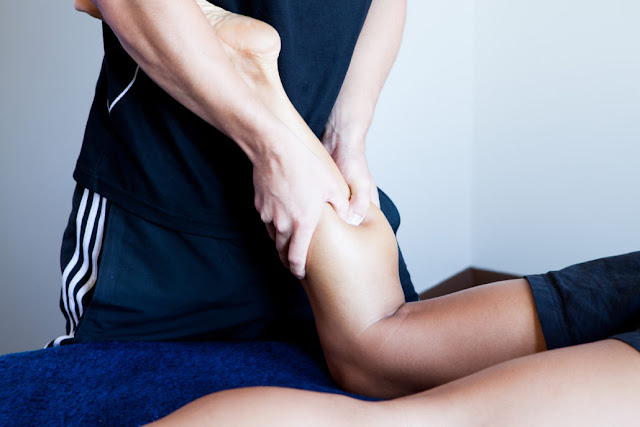For athletes, a sports massage is the best option for relieving the pain and tension of the muscles after a game. Sports massage helps in reducing the likelihood of the muscles in becoming overused in the first place. A sports massage in Toronto allows athletes in training more effectively, improve performance, prevent injury, and recover quickly. A growing number of massage therapists offers therapeutic sports massage, and many of these recreational and professional athletes enjoy sports massage on a regular basis.
Things to know about your sports massage for first timers:
- Don’t wait till you’re in unbearable pain
- Go where the athletes go.
Find a therapist that worked with athletes or is an active person themselves. Always make sure that the sports massage center is accredited as it will be displayed in the lobby or listed on their website. You can Google a masseuse near you or Athletic Edge Sports Medicine to make sure that they are accredited.
- Let the therapist know if you are prone to bruising.
There are some cases of bruising where it is a possible outcome of a deep-tissue massage. But it all depends on your skin texture and heredity. This is where the therapists will adjust the pressure accordingly especially when you are easily prone to bruise or are taking blood thinning medication. Applying an ice pack to the affected area can also help to help reduce swelling after the sports massage.
- Don’t get a deep tissue massage before a race.
Remember that every person reacts differently to a sports massage that is why if you had an upcoming race and got a deep tissue massage, it will make you uncomfortably sore. Relaxing your muscles and giving your nervous system a rest once a week or few weeks before the event can be helpful. The best massage in Toronto before a game is a light one for calming the nerves, but also make sure that you are not trying to fix some severe problems.
- You will be in your underwear.
If you work out commando, then your sports massage center too! You need to take off your pants that is why make sure that you are dressed appropriately. It can get almost bare, but not quite. Their best RMT massage in Toronto may request to leave your private parts covered by the sheets of the massage table. They will also hold up the blankets so that they are unable to see you while you are uncovered.
Sports massage therapists can accommodate any level of clothing that you want. Sports massage has the goal of letting athletes experience healing and wellness. These are beneficial for the athlete in you the first time or next time you visit the sports massage center.



